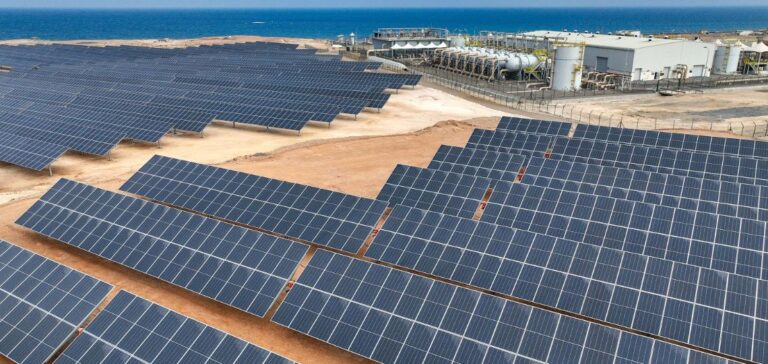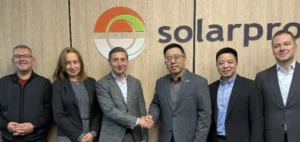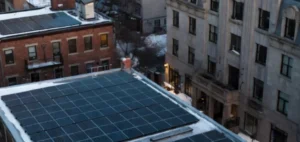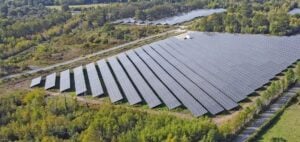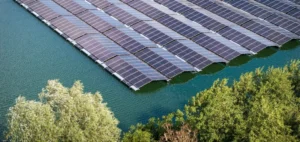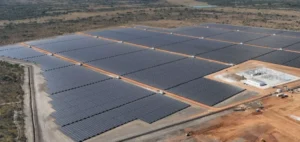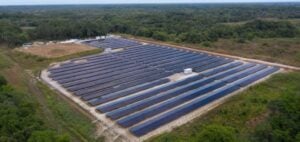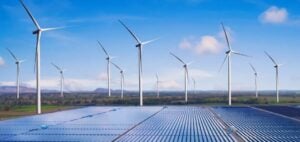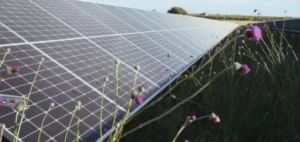The Sultanate of Oman, through Nama Power and Water Procurement (PWP), has announced the opening of the qualification process for the Al Kamil Wal Wafi photovoltaic solar project (Al Kamil Solar IPP). This initiative aligns with the national strategy to diversify energy sources and achieve carbon neutrality by 2050.
This marks the country’s fourth photovoltaic solar project. Located in Al Kamil Wal Wafi, the project will have an installed capacity of 280 megawatts (MW). PWP, responsible for managing water and electricity procurement in the Sultanate, will oversee all project stages, including tender management and contracts with private sector partners.
Strategic Goals and Alignment with Vision 2050
The Al Kamil Wal Wafi project represents a cornerstone in Oman’s energy transition strategy. By adding new renewable electricity production capacity, Oman aims to reduce its reliance on fossil fuels, address growing electricity demand, and minimize its environmental footprint.
The project’s use of renewable energy also supports Oman’s climate commitments under the Paris Agreement. The country’s energy strategy emphasizes public-private partnerships (PPP) to accelerate the adoption of solar technologies and other renewable energy sources.
The Role of Nama Power and Water Procurement (PWP)
PWP plays a central role in planning and executing Oman’s energy projects. The organization is responsible for procuring new electricity and water production capacities, as well as buying and selling their output in accordance with local electricity and water sector regulation and privatization laws.
The qualification process launched for the Al Kamil Wal Wafi project allows interested developers to express their interest and access necessary documents for proposal submission. These include technical specifications, financial requirements, and eligibility criteria.
Impact on Oman’s Energy Sector
The Al Kamil Wal Wafi project complements existing initiatives aimed at strengthening Oman’s sustainable energy infrastructure. Previous solar projects, such as Ibri II, have demonstrated the potential of renewable energy to meet growing demand while adhering to environmental standards.
Through this project, Oman seeks not only to expand its solar energy production but also to attract more foreign investment in the energy sector, solidifying its role as a major renewable energy player in the Gulf region.


